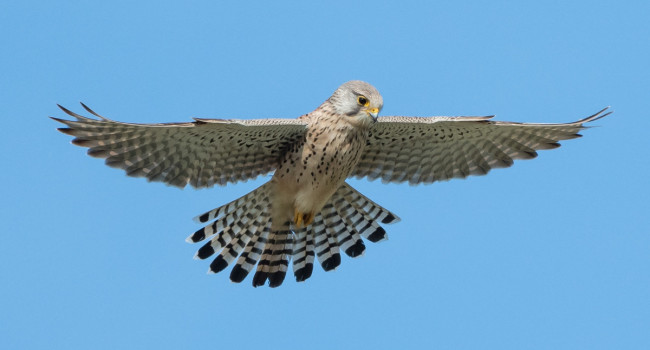Publisher: T & A D Poyser, London
Publication Year: 2012
Binding: 2
Page Count: 304
ISBN Number: ISBN 978-1-4081-0966-3 HB
Price: £50.00
The Kittiwake
For an ornithologist with a passion for a species, and a deep understanding of just what makes it tick, it is difficult to know when to stop and write it all down. Mike Harris did this for the Puffin nearly thirty years ago and now finds that he has had to do it again, this time with Sarah Wanless. John Coulson, on the other hand, became interested in Kittiwakes in 1952 and only now has he written the book. As readers, we should be grateful that all three authors have found the time to share their tremendous insights.
The Kittiwake is a labour of love, full of detail with an overlay of opinion. As one would expect in a monograph, there is a solid overview of what is known about this circumpolar gull, only 15% of which breed in Great Britain & Ireland, but it is when the author writes about the birds of the Tyne that the information really starts to flow. As well as meticulously collected records of colonisation dates, egg size, laying dates and productivity there are behavioural observations too – such as the list of potential predators that can cause panic in a colony.
By monitoring the lives of individual birds, the author tells us that older (and presumably wiser) adults return to breeding sites earlier in the spring than young birds, with the male of a pair taking possession a couple of days earlier than the female. Interestingly, colony occupation dates were getting earlier until the early 1980s and have since become much later. There is much more to be read about the factors affecting the timing and success of nesting attempts, thanks to the fact that many ringed youngsters have returned to the colony to breed, with colour-rings providing who-nests-with-whom information.
The Kittiwake is different from many other seabirds, in that it only has access to food to a depth of half a metre but, like others it has not fared well during this century, with some of its problems potentially linked to the inaccessibility of sandeels. It is still the most abundant species of gull in the world but, as the author points out, it is difficult to predict what the future holds. I am really pleased that John Coulson has written this book; if you like Kittiwakes and detail then this will fascinate you.
The Puffin is described by the publishers as a revised and expanded second edition of the 1984 monograph. This seriously under-sells the book – so much has changed and been learnt in nearly thirty years. Mike finished the first book by saying, “… I am optimistic about the Puffin’s future and the general state of Puffindom is far better than at any time this century.” In the new book, Mike Harris and Sarah Wanless reflect on the growing problems being faced in colonies, strongly linked to the loss of sandeels, and reveal how new technologies have enabled them to learn more about what happens when Puffins are away from their nest burrow, both when on fishing trips to provision their youngsters (chapter 9) and during the non-breeding period (chapter 12). An Isle of May Puffin with chicks to feed dives an average number of 1,148 times per day and the authors have calculated that, so great is the energetic demand of the work they have to do, 90% of the fish caught are used to fuel the adult’s activity, with only 10% available for chicks.
For anyone who did not see the first book, The Puffin is comprehensive: covering distributions, development and moult; breeding behaviour, feeding and chick rearing; threats from predators, pirates and competitors; the annual cycle, and with a fascinating chapter on Puffins and people, detailing their importance in diet, culture and for tourism. There is so much more data in the appendices too. Here’s a scary statistical summary. Between 1973 and 1996, in only one year was chick productivity on the Isle of May below 0.7 (1993) and the maximum was 0.9. Between 1997 and 2010, there was only one year with a productivity above 0.7 (2000) and the minimum was 0.3. Long-term studies – you cannot beat them. This book is highly recommended.
Book reviewed by Graham Appleton





Share this page